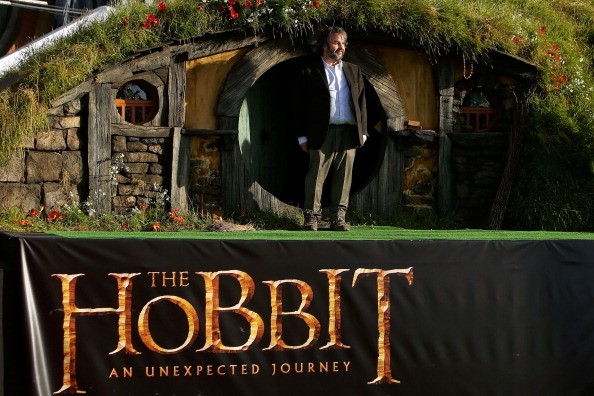Human evolution is often imagined as transformation of early man into the modern human form. However, there was a species relative to the modern human species involved along the way - the Hobbits.
A new research, conducted by a team of anthropologists has discovered that the Hobbits were a result of the island life. The team based their conclusion the study of the Hobbit fossils recovered from the island of Flores in 2004.
The study, published in the journal Nature, explains that the Hobbits were 3-foot-tall human relatives with long arms, small brains and chimp-sized body. They originally inhabited the area which is today identified as Indonesia.
The Hobbits lived around 60,000 years ago and had human-like teeth and tools made up of stone. Researchers had earlier suggested that the Hobbits are actually the form of human ancestors from Africa - probably, "Home erectus" -- who traveled all the way to the island. However, later they shrank, just like other animals sometimes evolve on the island to become smaller.
This theory was not proved until now. Aida Gomez-Robles of the George Washington believes that people often get surprised when they learn that the same evolution could happen in humans as well, NPR reports.
"In fact, some scientists believed Hobbits were just modern humans with some abnormality, like microcephaly, that changed their head shape and made them smaller," Gomez-Robles said.
The research team has now discovered more Hobbit-like tiny bones on the island, including a part of the jaw and some teeth. An analysis of the fossils revealed that the fossils belong to someone that existed 700,000 years ago. That is, the fossils are a lot older than the first known Hobbits and predating modern humans.
Gerrit van den Bergh of the Wollongong University in Australia believes that this could, in fact, be a population of a very different form of human relatives. He further explains how "Homo erectus" might have traveled all the way from Africa, probably carried by a tsunami, to reach this island located in Asia.
Once the ancient human relatives reached the island, "island dwarfism" started to take place. As a result, they started to get smaller. In fact, the same team of researchers also discovered fossils of an elephant that reduced in size over a period of time.
The following video talks about Hobbits on the island of Flores:



























